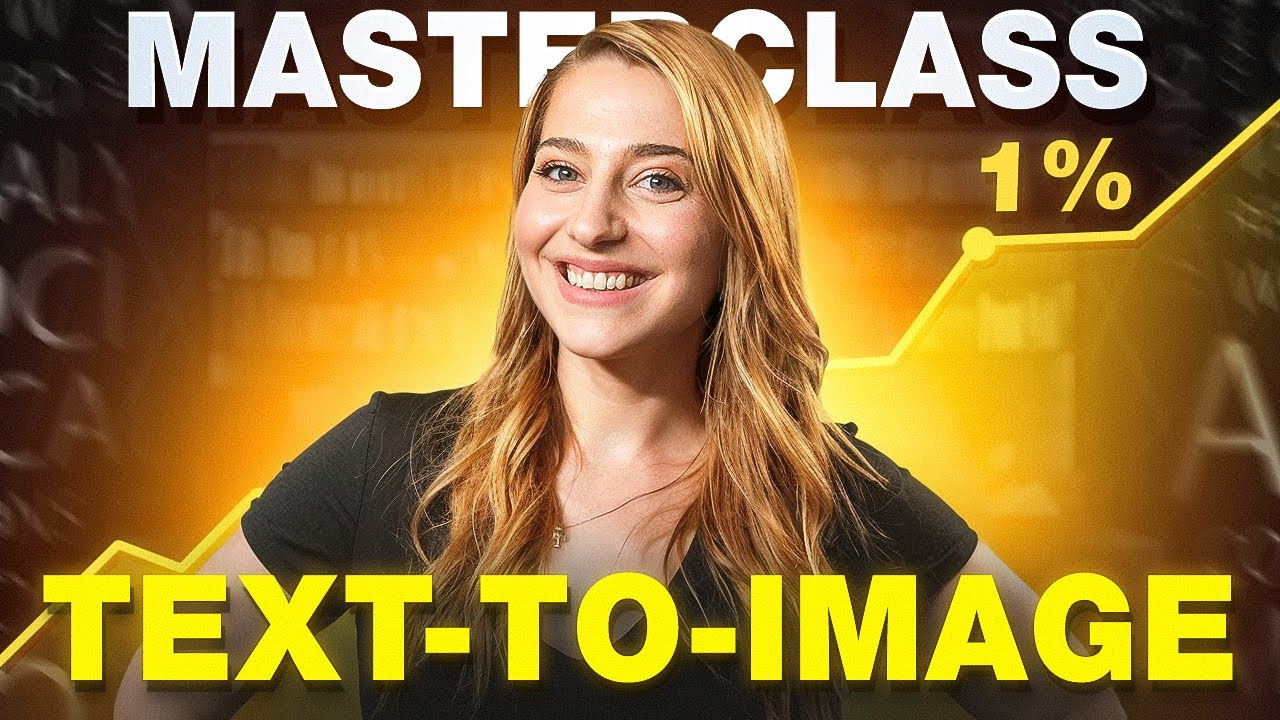Google’s NEW Prompting Guide is Incredible!
Summary
TLDRThe video script offers five top tips from Google's guide on writing effective prompts for AI chatbots. It emphasizes the value of requesting multiple variations to explore diverse ideas, using multi-step workflows to tackle complex tasks, leveraging templates for efficiency, conducting top-down competitive analysis for actionable insights, and utilizing Google Docs to enhance PDF content. These strategies aim to optimize the interaction with AI, leading to more precise and useful outcomes.
Takeaways
- 📝 The average successful prompt is 21 words long, but most people use fewer than nine words.
- 🔄 The 'regenerate' function in chatbots like Google Gemini can provide different options for inspiration.
- 👀 Seeing multiple drafts can inspire new ideas and directions not initially considered.
- 📈 Google suggests asking for three variations in the initial prompt to get the best results.
- 💼 For complex tasks, breaking the problem into mini-milestones with separate prompts can reduce errors.
- 📝 Chain of Thought prompting involves breaking down a large task into smaller sequential prompts for better results.
- 📚 Templates can save time and overcome mental blocks by providing a variety of ideas for different roles and responsibilities.
- 🔑 Using 'template timesavers' can help generate specific communication or task templates based on role and responsibility.
- 📊 Conducting research with a top-down approach starts with broad concepts and narrows down to uncover actionable insights.
- 📈 Competitive analysis should start broad and become more specific to identify strengths, weaknesses, and recommendations.
- 📑 Google Docs can be used with Gemini to supercharge PDFs by summarizing key findings and creating presentation outlines.
Q & A
What is the average length of the most successful prompts according to Google's analysis?
-The most successful prompts are 21 words long on average, as discovered by Google after analyzing millions of inputs.
Why is the 'regenerate function' in chatbots like GPT and Gemini underused?
-The 'regenerate function' is underused because most people input a prompt and expect the chatbot to provide what they are looking for, without taking the time to explore different variations for potentially better results.
What is the recommended approach for getting the best results from a chatbot according to Google?
-Google recommends asking for three variations in the initial prompt to explore different options and inspire new ideas that may not have been initially considered.
Can you provide an example of how to use the 'power of three' in generating a slogan?
-An example would be to ask the chatbot to 'generate three options for a new slogan emphasizing reliability, innovation, and a long history of popularity for a company.'
What is the concept of 'Chain of Thought' prompting and how does it improve results?
-'Chain of Thought' prompting involves breaking down a large task into smaller sequential prompts, which helps in reducing potential errors and getting better results by addressing each part of the task individually.
How can 'multi-step workflows' help in creating a presentation for securing additional budget?
-Multi-step workflows can help by breaking down the task into mini-milestones with corresponding prompts, such as outlining key benefits, identifying potential objections and counterarguments, and recommending visual formats for presenting financial data.
What is the purpose of using 'template timesavers' when working with a chatbot?
-The purpose of using 'template timesavers' is to brainstorm template ideas based on one's role and responsibilities and then generate those templates to save time and effort in the long run.
Can you give an example of how to use 'template timesavers' for a project manager?
-A project manager could ask the chatbot to 'generate five ideas for communication templates' that they can create now to save time over the course of a project, such as a product launch event.
What is the 'top-down competitive analysis' and how does it work?
-The 'top-down competitive analysis' is a research process that starts with broad concepts to understand the overall landscape and then narrows down to uncover actionable insights through more specific prompts.
How can Google Docs enhance the functionality of Google Gemini for PDFs?
-Google Docs can enhance Google Gemini's functionality by allowing users to upload a PDF to Google Drive, open it with Google Docs, and then use Gemini within Google Docs to summarize or analyze the content by typing '@' and inserting the prompt.
What is the limitation of using Google Docs with Google Gemini for PDFs?
-The limitation is that the 'help me write' feature, which allows for summarizing and analyzing PDFs within Google Docs, is only available for users on the Google One AI Premium plan.
Outlines

This section is available to paid users only. Please upgrade to access this part.
Upgrade NowMindmap

This section is available to paid users only. Please upgrade to access this part.
Upgrade NowKeywords

This section is available to paid users only. Please upgrade to access this part.
Upgrade NowHighlights

This section is available to paid users only. Please upgrade to access this part.
Upgrade NowTranscripts

This section is available to paid users only. Please upgrade to access this part.
Upgrade NowBrowse More Related Video

【ChatGPTで業務効率化】コピペで簡単、無料版でも使える最強プロンプトをAIの専門家に聞きました。

《AI写论文完全指南》1天搞定20000字,从选题到论文全攻略!chatGPT写论文教程

Tutorial Prompt Engineering untuk Pemula di ChatGPT, bisa Meningkatkan Efektivitas Prompt 10X Lipat!

Prompt Engineering Tutorial: Text-to-Image (Midjourney, Stable Diffusion, DALL·E 3 & More!)

How to start using ChatGPT

Top Ten Tips For Effective Presentations
5.0 / 5 (0 votes)